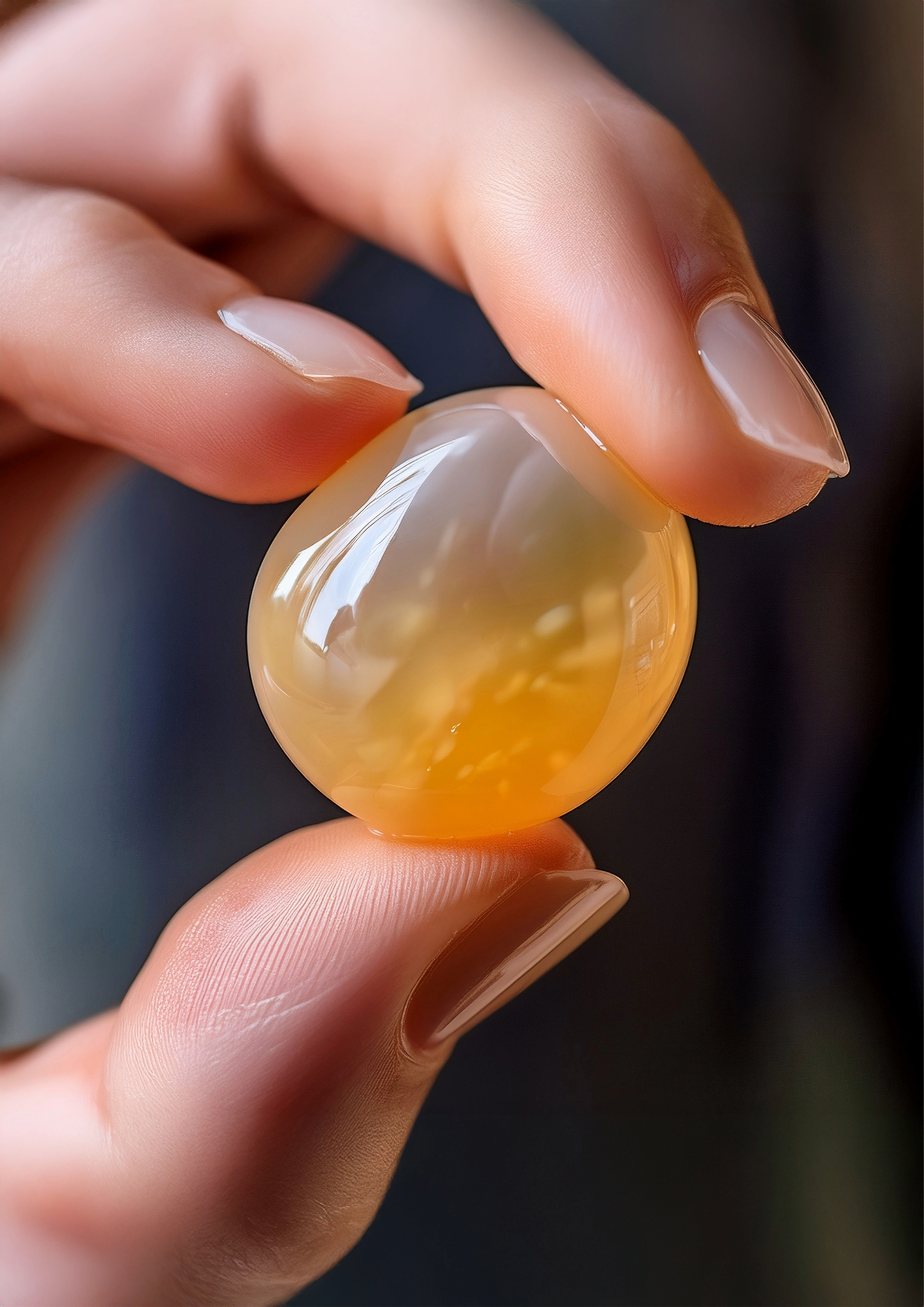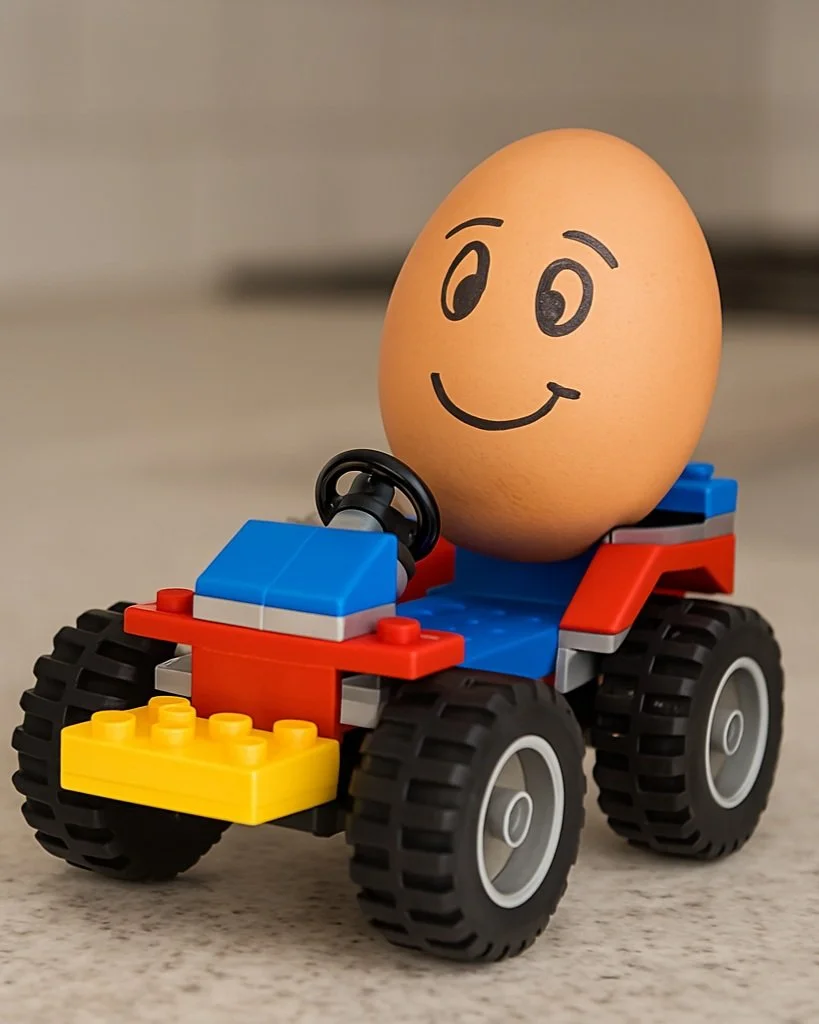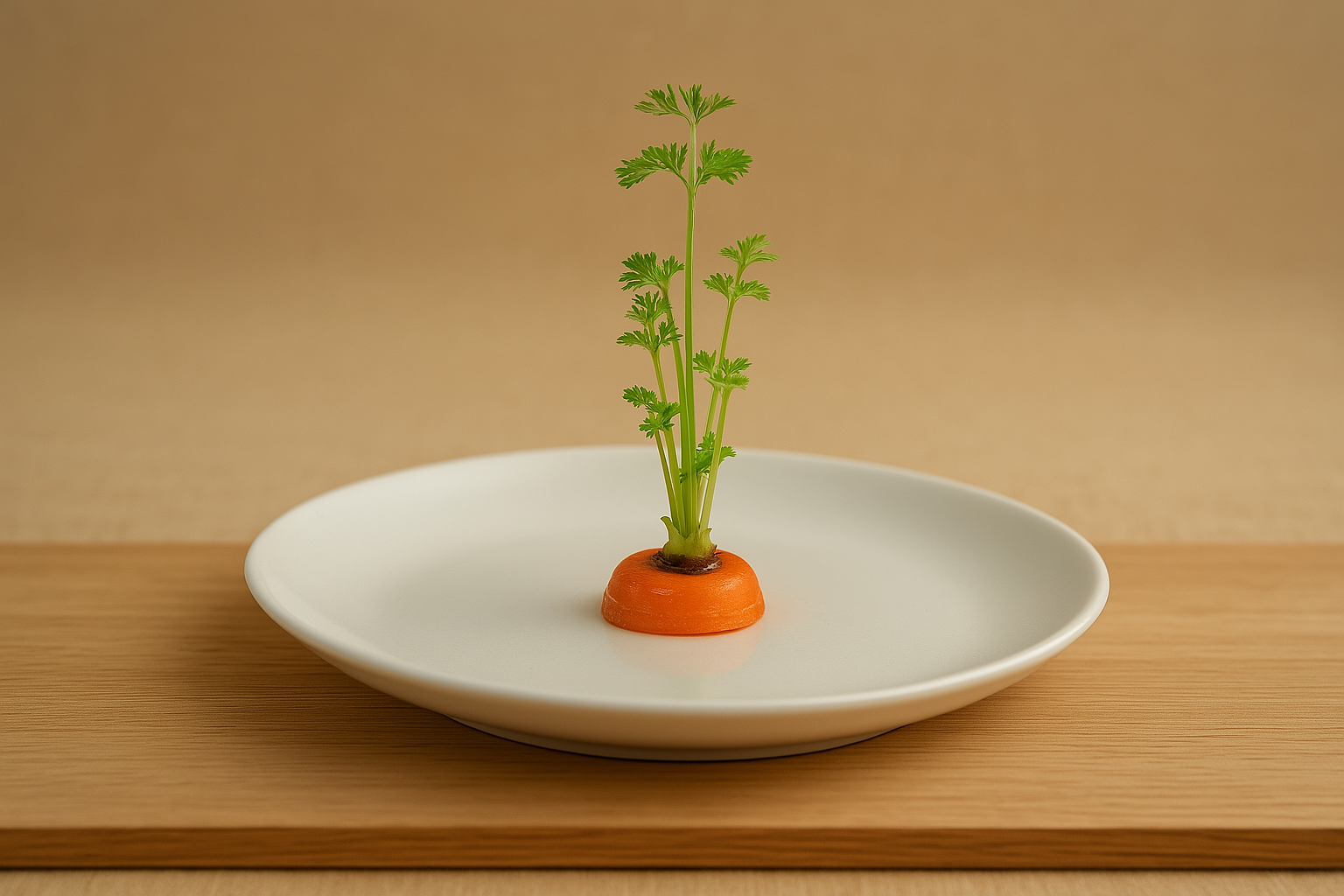5 Hands-On Easter Fun Activities That Teach Through Play
Easter is the perfect time to sneak a little learning into the fun.
Whether you're wrangling a curious kindergartener or a wildly inventive tween, these Easter-themed activities are guaranteed to get kids thinking, questioning and experimenting - all while having a blast!
Here are five hands-on ideas that combine the magic of Easter with the power of STEM (and a bit of sugar, too).
1. The Great Rubber Egg Experiment
Turn an ordinary egg into something squishy and surprising! This classic trick turns a raw egg into a rubbery, bouncy blob - part science experiment, part magic show, and always a “whoa!”
What you'll need:
1 raw egg
A glass or jar
White vinegar
Patience
What to do:
Place the egg in the jar.
Pour in vinegar until the egg is fully covered.
Watch bubbles form around the shell.
Leave for 24–48 hours, then gently rinse.
Voilà! You’ve made a bouncy egg!
Questions to ask your child:
What do you think the vinegar is doing to the eggshell?
Why do you think the egg feels rubbery now?
Why it works:
The vinegar reacts with the calcium carbonate in the shell, causing it to dissolve. It’s science magic!
2. Crash-Test Cars: Egg Safety on Wheels
A twist on the classic egg drop challenge! If your child loved the egg drop activity we shared in a previous blog post, they’ll be all over this creative upgrade. The goal is the same - protect a raw egg from breaking - but this time, it’s riding in a custom-built crash-test car! It’s the perfect chance to explore design, impact, and engineering in motion.
What you'll need:
Raw or boiled egg (your choice)
Building materials to build the car: LEGO or Duplo pieces, a small cardboard box, or a plastic toy car
Safety materials: straws, cotton balls, bubble wrap, tissues, tape, rubber bands
A ramp or inclined surface
A safe crash zone
What to do:
Help your child build a toy car with a seat or safety zone for the egg.
Decorate the egg with a face, paint or even a little helmet – it makes the challenge feel even more like a real crash test!
Add padding or crumple zones to protect the egg.
Send the car down a ramp and see how the egg fares.
Redesign and retest – can they make it safer?
Questions to ask your child:
What features of your design helped protect the egg?
How could you make the car absorb more impact?
Why it works:
This is a real-world engineering challenge that helps kids explore force, motion and safety systems. It’s creative problem-solving with a side of Easter fun!
3. Hidden Bunny Footprints (Baking Soda & Vinegar Hunt)
Add a fizzy twist to your Easter egg hunt! This colourful activity combines hidden surprises with bubbly science. Kids reveal treasures using vinegar and watch them fizz to life!
What you'll need:
Baking soda
Vinegar
Food colouring
Small plastic toys
Eyedropper or spoon
Muffin tin or ice cube tray
What to do:
Add food colouring and a toy to each muffin well.
Cover with baking soda.
Let your child drop in vinegar and watch the fizz!
Questions to ask your child:
What happens when vinegar hits baking soda?
Why do you think it bubbles?
Why it works:
The reaction between acid and base produces carbon dioxide - instant fizz!
4. Egg White Peaks: The Magic of Meringue
Whip up some science in the kitchen, and a treat too! Watch egg whites turn into fluffy peaks as your child learns how movement and air can transform ingredients.
What you'll need:
2 egg whites
Electric beaters
1/2 cup of sugar
A pinch of cream of tartar (optional)
What to do:
Separate egg whites (no yolks!).
Beat until soft peaks form.
Add sugar gradually, beating to stiff, glossy peaks.
Spoon into nests or dollops and bake.
Questions to ask your child:
What causes the egg white’s texture to change?
What does adding sugar do to the mixture?
Why it works:
Beating egg whites adds air, creating a protein foam. Sugar stabilises the foam, and baking sets it into a light, crisp treat.
5. Grow-Your-Own Easter Garden (from Carrot Tops!)
Turn leftover carrot tops into a mini Easter garden! This slow-growing experiment teaches patience and plant science and adds a touch of greenery to your windowsill.
What you'll need:
Carrot tops (about 2–3 cm of the top)
Shallow dish or container
Water
Sunny windowsill
Optional: googly eyes or markers to decorate the carrots
What to do:
Place carrot tops cut-side down in a shallow dish.
Add just enough water to cover the base.
Put on a sunny windowsill and watch them grow!
Questions to ask your child:
Where do the leaves come from?
What helps the carrots grow?
Why it works:
Carrot tops can regrow greenery using stored energy, a fun intro to plant life cycles.
Now It’s Your Turn
At Attain Education, we believe the best learning happens when kids are curious, creative and having fun. That’s why we’re always sharing hands-on ideas like these to keep young minds buzzing – even on school holidays.
These activities are more than just cute Easter fun - they nurture curiosity, creativity and resilience. And the best part? You don’t need fancy supplies or a science degree, just a bit of imagination and a willingness to get your hands messy.




